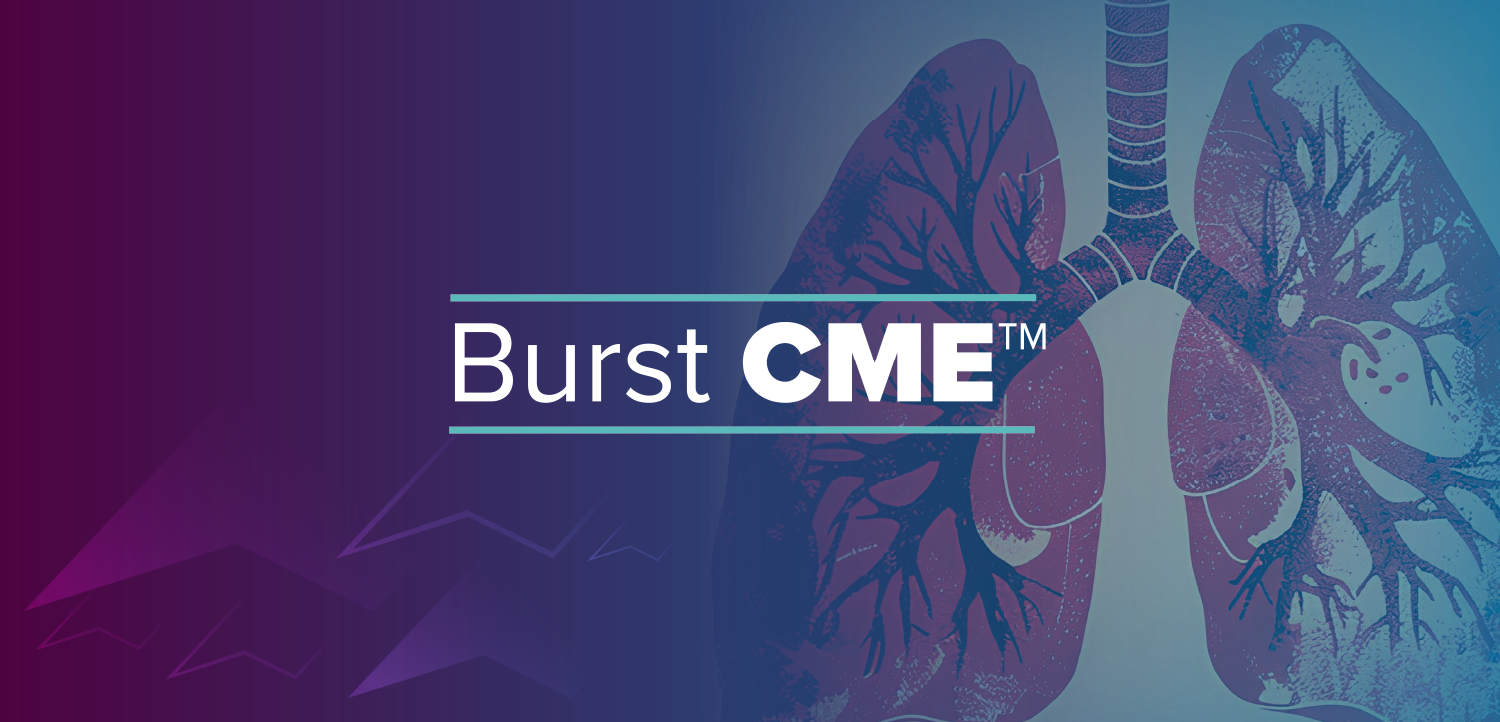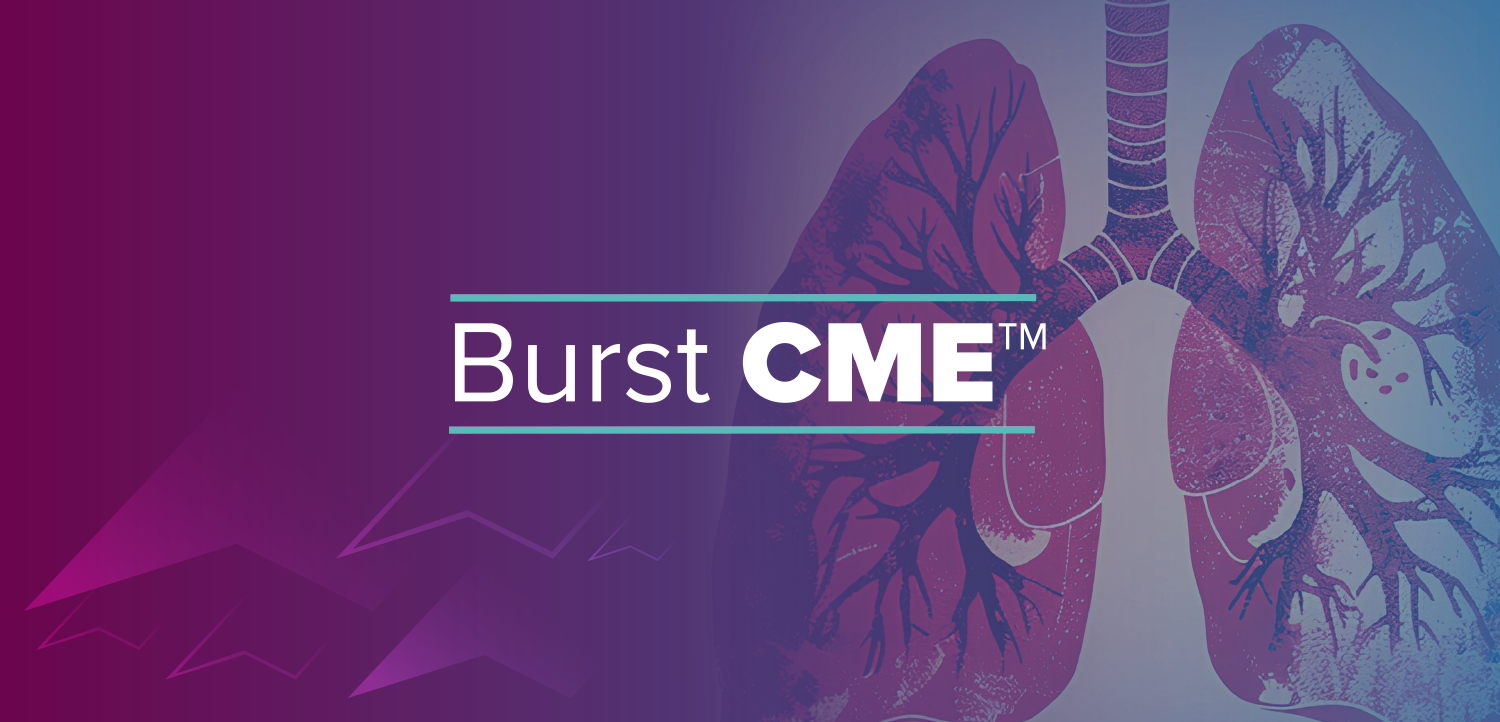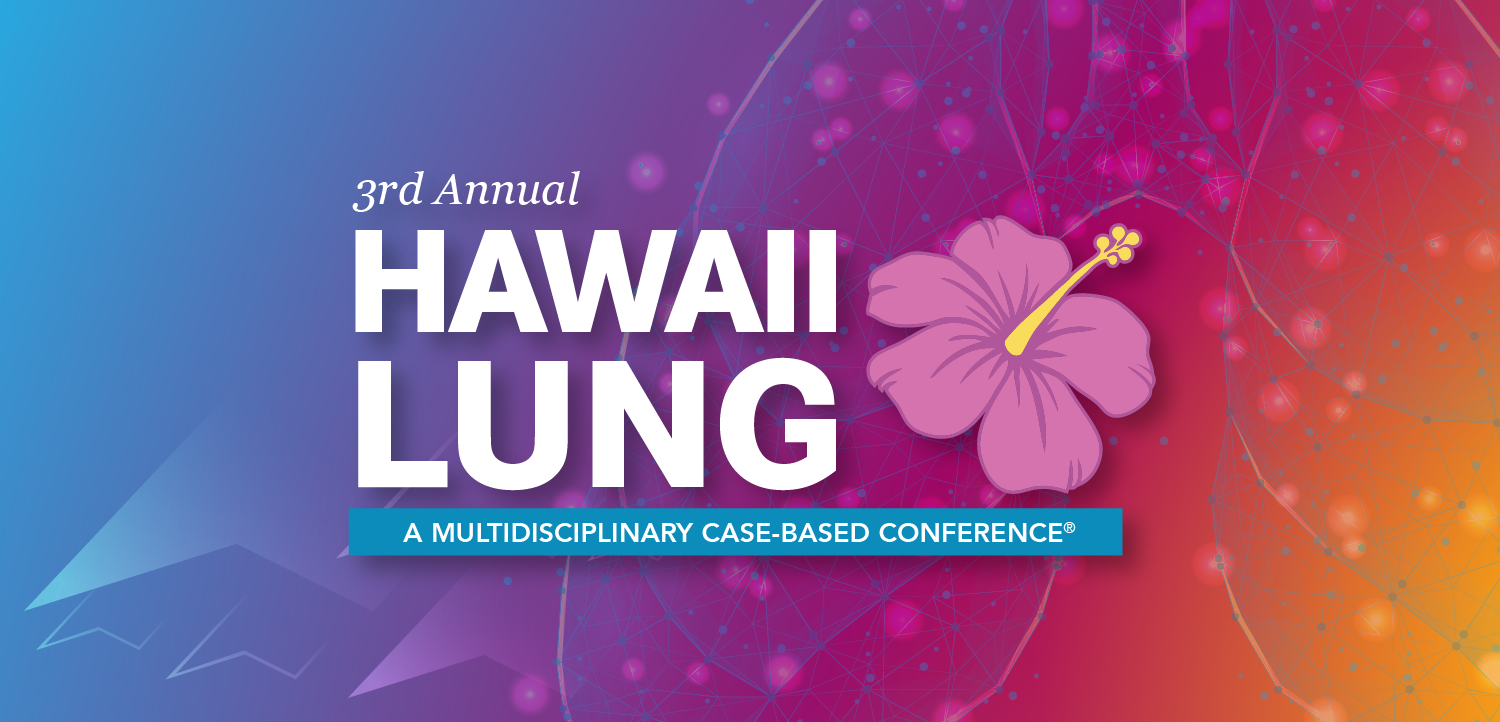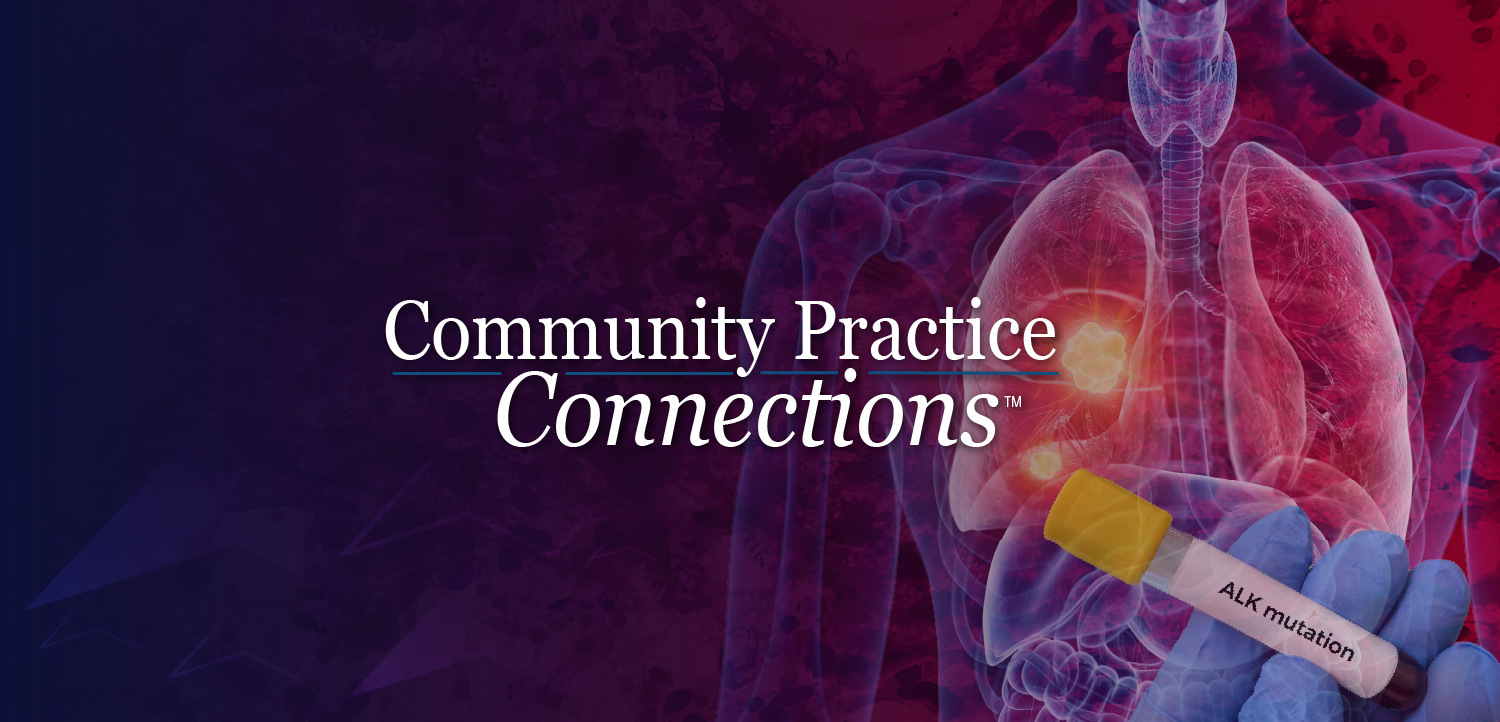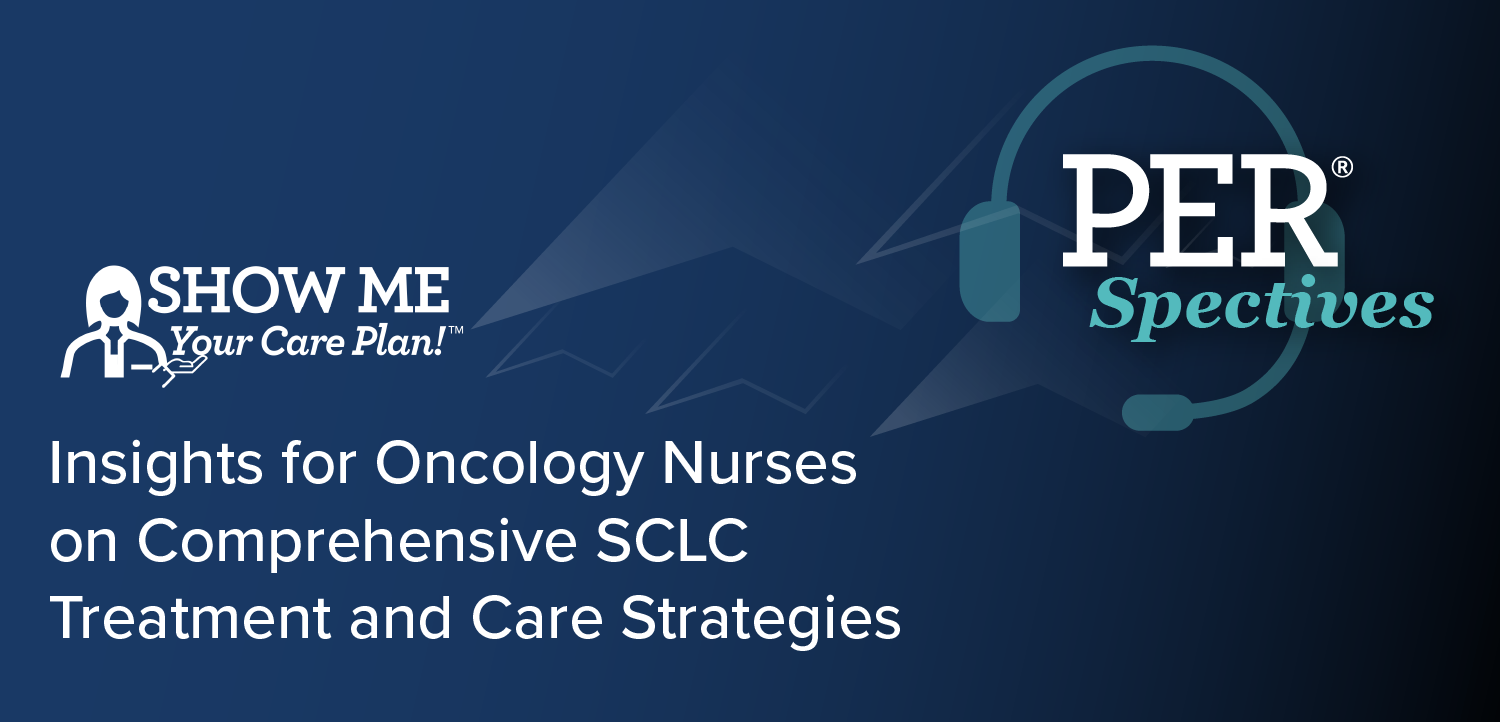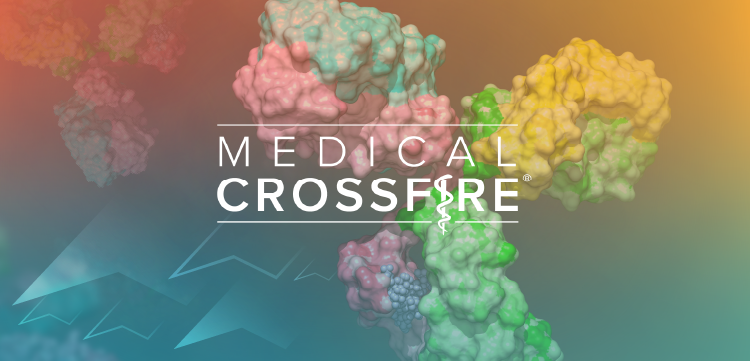Personality Disorders in the Workplace
Of all the psychiatric problems that face organizations today, one of the most insidious can be the otherwise high-functioning person with a severe personality problem. This new series uses real-life examples to show how to reach out to such workers and point them toward fulfillment of their true potential.
Personality Disorders in the Workplace
By Mark P. Unterberg, MD
Of all the psychiatric problems that face organizations today, one of the most insidious can be the otherwise high-functioning person with a severe personality problem. These individuals create multilevel difficulties that defy easy detection and definition due to the intermingling of their health and pathology. They are usually much harder to recognize than the obvious depressive or alcoholic, and their personalities cause repeated but subtle disruption in the workforce and the decision-making processes. This new series uses real-life examples to show how to reach out to such workers and point them toward fulfillment of their true potential.
All business is personal. Success requires technical abilities as well as professional presence, but it is most profoundly determined by personality. Whether on the assembly line or in the corporate boardroom, the workplace is made up of people with complex combinations of personality traits. Other than computers talking with each other, there is no workplace situation that is not affected by personal and subjective attributes of individuals. The common expression, "It's nothing personal, just business," is interesting just because it attempts to deny the significant contribution of personality to the workplace.
Decisions are constantly made in a personal frame of reference that determines workplace perceptions. Even the most determinedly objective choices are ultimately affected by personality style. Productive organizations and good employee mental health require careful attention to individual personality traits and difficulties.
Personalities that don't adapt
This series focuses primarily on maladaptive personality traits in otherwise reasonably or even exceptionally competent individuals. The impact on themselves and their workplace environments are always significant. There is a subtle interplay between the environment and both the adaptive and maladaptive traits. As circumstances and individuals change, the personality assets and strengths of a relatively healthy employee can undermine the team effort.
Employees who suffer from more recognizable depression, psychosis and even substance abuse may create more obvious problems for the organization. But personality traits that become problematic under stress can create insidious and slowly progressive havoc. Even senior mental health professionals sometimes do not always note maladaptive personality traits. It is essential to maintain business and mental health professionals' awareness of the subtle and sometimes destructive effects of personality in the organizational setting.
There is no way to avoid bringing personality traits to the workplace. The psychological structures that define a unique individual can be neither eliminated nor avoided. Personality is a reflection of emotional defenses (ways of operating) that individuals develop in reaction to interpersonal circumstances over the years. These defenses, called compromise formations, derive from the survival instinct to create a balance between internal emotional needs and the demands of external reality. There are always needs and instinctual desires to be gratified. Under ideal circumstances, personality is a complex set of psychological decisions that help ensure a balance and calmness that foster maximal productivity, creativity and enjoyment.
Established patterns of emotional defenses form personality traits that seek the most harmonious possible adaptation to external realities and present the individual to the world. We are like psychological fingerprints with no other identical in the world. Initially formed in childhood, defenses can be modified by experience. The most adaptive personalities are flexible in response to changing internal and external circumstances. Loss, growth, distress, pleasure and change are ever present. While much has been written about interpersonal relationships in the social arena, there has been far less attention to personality adaptation at work.
Why disorders are different
Personality disorders represent defects in emotional defenses and resultant compromise formations. The psychological structure set in place to help the individual achieve maximum potential in one environment is poorly adapted to newer circumstances. Perceptions and decisions become nonproductive and even repetitively self-destructive. Unwittingly, maladaptive personality traits now prevent attainment of desired goals.
It is important to remember the difference between personality traits and disorders. Pronounced personality traits can exist without a personality disorder. Personality disorders exist when there is a distinct pattern of excessive, inflexible and consistently self-destructive personality traits.
Adaptive individuals can modify their personality traits through experience. Actions lead to consequences, and assessment of those consequences is used to modify responses to similar problems in the future. In varying degrees, this process goes on throughout life and allows a high degree of balance and well-being. Life in both social and work arenas goes pretty well.
But when there is a personality disorder, actions are unresponsive to their consequences. Faced with adverse feedback from the environment, the same behaviors are repeated over and over. There is a defect in the feedback loop. Adverse consequences are either ignored or not perceived, or else there is an inability to modify behavior. There is something wrong in the old trial-and-error method.
Most people with personality disorders tend to think that the problem resides with others or in the environment and not within themselves. This allows us to see workplace problems from a psychological perspective. Employees with personality disorders always have positive personality traits and characteristics otherwise, they would not have been hired in the first place but the maladaptive and inflexible patterns can emerge under stress.
Appropriate responses
Figuring out what to do requires good clinical data and judgment to assess personality issues in the workplace and help the employee make necessary changes to become a productive worker. More sophisticated understanding of underlying mechanisms allows the clinical information to be organized into useful and understandable findings and recommendations.
The first installment of this seven-part series deals with obsessive compulsive personality style. Subsequent installments will discuss histrionic, antisocial, paranoid, borderline, narcissistic and passive-aggressive traits. All are adapted from the newly published book, "
Jeffrey Kahn, MD, is president of WorkPsych Associates in New York, which provides executive assessment, development, coaching and treatment, as well as management, human resource, organizational and benefits consultation for a wide range of corporations and individuals. He is also past president of the Academy of Organizational and Occupational Psychiatry and clinical associate professor of psychiatry at the Weill Medical College of Cornell University in Manhattan. He can be reached at WorkPsych@aol.com.
Alan Langlieb, MD, MBA, has broad experience in increasing public awareness of mental health issues, especially in business and through the media. He is assistant professor of psychiatry at Johns Hopkins School of Medicine in Baltimore. He can be reached at alanglie@jhmi.edu .
Mark Unterberg. Personality Disorders in the Workplace.
Business and Health
Jul. 1, 2003;21.
Newsletter
Get the latest industry news, event updates, and more from Managed healthcare Executive.











